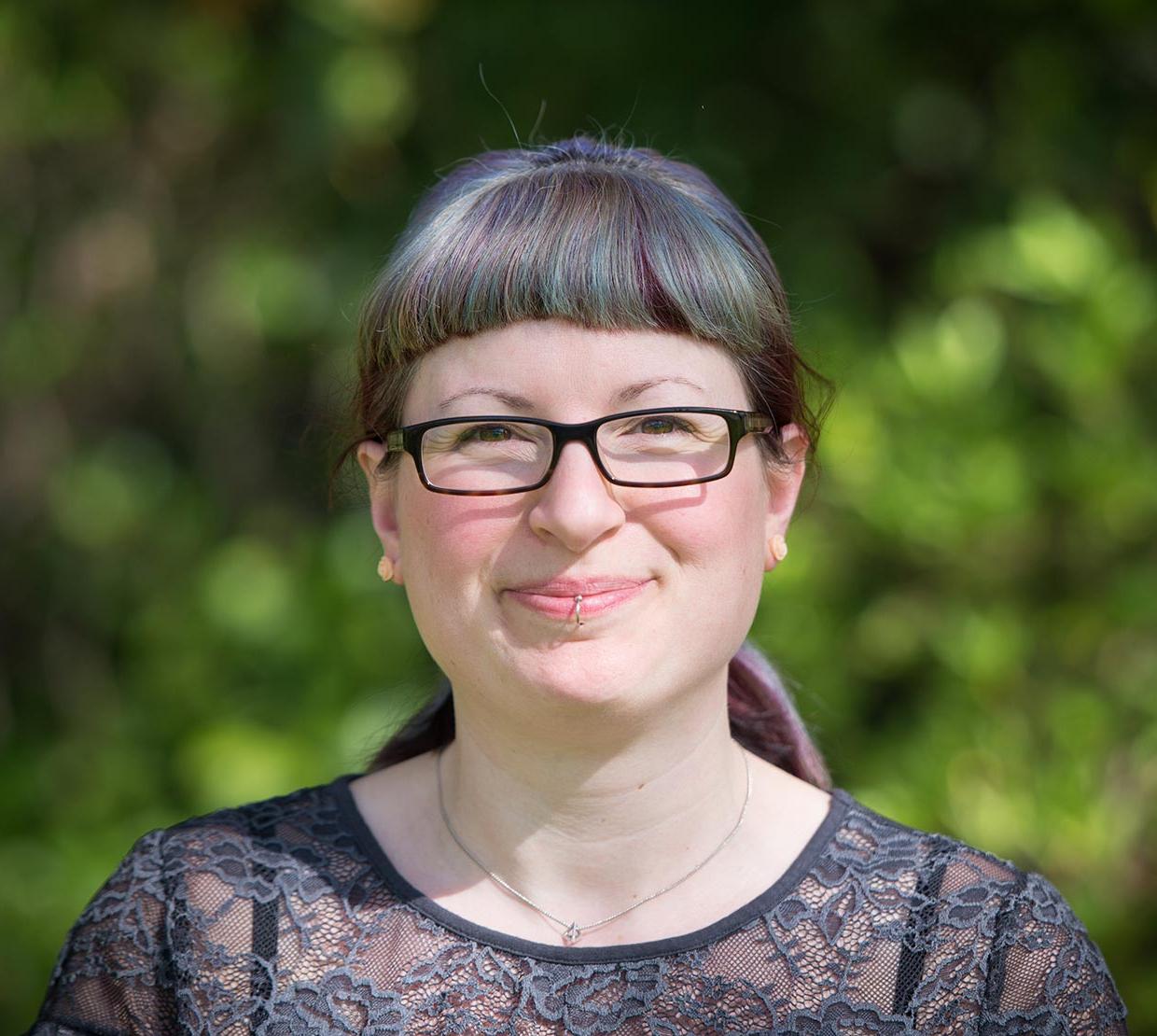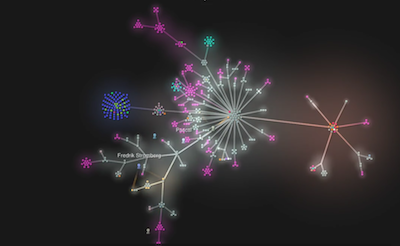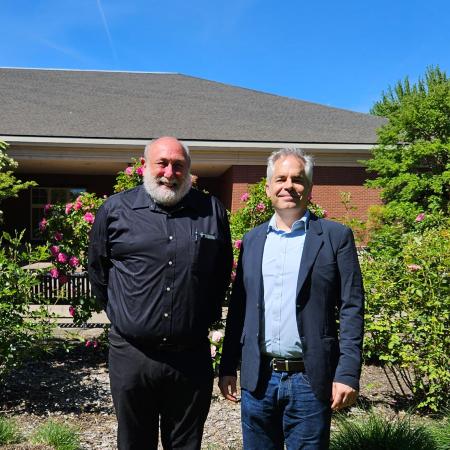By coordinating efforts, researchers have made these relationships visible by developing new algorithms and performing calculations on an extensive network of computers. Free and open source, the database is accessible online for anyone to use to learn and discover uncharted mathematical worlds.
The team includes over 70 mathematicians from 12 countries and more than a dozen research areas. They represent a range of institutions including the American Institute of Mathematics; Arizona State University; University of California, San Diego; MIT; Oregon State University; University of Vermont; University of Vienna, Austria; University of Warwick, UK; and others.
Swisher has been a member of the project since its first official workshop in Paris during the fall of 2010. Work on the database generally happens during weeklong workshops where participants cycle between individual work, small group teamwork and large group discussions. The group has no leader—all decisions are made by consensus at workshop meetings.
The quantity and depth of data is staggering. The LMFDB tabulates data which has been produced over many decades, and which is now available in one place in a unified format. Hundreds of CPU years of computing time were involved in compiling the database along with thousands of hours of human effort.
“Many of us have made extensive computations, and we wanted to make this data available to other researchers and to link these projects together to aid mathematical progress,” said project member John Jones of Arizona State University. “By joining forces, we now have a site for one stop shopping of big data.”
Many of these calculations are so intricate that only a handful of experts can do them, and some computations are so big that it makes sense to only do them once. For example, a recent computation by Andrew Sutherland at MIT used 72,000 cores of Google's Compute Engine to complete in hours a tabulation that would have taken more than a century on a single computer.
The application of large-scale cloud computing to conduct research in pure mathematics is just one of the ways in which the project is pushing the frontier of mathematics forward. Large-scale computer experiments now take the place of computations by hand or with a calculator, which is rapidly speeding up the process of testing and discovery.
"We are mapping the mathematics of the 21st century,” says LMFDB project member Brian Conrey, director of the American Institute of Mathematics.“ The LMFDB is both an educational resource and a research tool which will become indispensable for future exploration."
LMFDB project member John Voight, an associate professor of mathematics at Dartmouth, notes: "Our project is akin to the first periodic table of elements. We have found enough of the building blocks that we can see the overall structure and begin to glimpse the underlying relationships.”
Similar to the periodic table, fundamental objects in mathematics fall into categories with names like L-function, elliptic curve, and modular form. Elliptic curves, which arise naturally in many parts of mathematics and are described by simple cubic equations, form the basis of cryptographic protocols used by most major Internet companies, including Google, Facebook and Amazon.
Modular forms are more mysterious objects—complex functions with an almost unbelievable degree of symmetry. Elliptic curves and modular forms are connected via their L-functions. The remarkable relationship between elliptic curves and modular forms is just one example of connections made fully explicit in the LMFDB, where one can travel from one world to another with the click of a mouse.
L-functions are like DNA, and mathematical objects are related when they have the same DNA. Continuing the analogy, sequencing the human genome becomes more valuable when you have sequenced a diverse group of people throughout the population. LMFDB is at the point of having sequenced many genomes.
These broad categories of fundamental objects in mathematics naturally divide into smaller subcategories, each with its own personality. Every object has connections to objects in other categories, which project members refer to as its “friends.”
One of the major goals of the project is to determine the “friend” network and to understand how the quirky behavior of a particular object can influence its “friends.” The database provides a coherent picture of this web of mathematical relationships.
“The LMFDB is really the only place where these interconnections are given in such clear, explicit, and navigable terms,” OSU’s Swisher said. “Before our project it was difficult to find more than a handful of examples, and now we have millions.”
The database has been funded by the National Science Foundation; the United Kingdom’s Engineering and Physical Sciences Research Council; the American Institute of Mathematics; the EU 2020 Horizon Open DreamKit Project; and the Institute for Computational and Experimental Research in Mathematics.
The official of the LMFDB was released on May 10 at public lectures occurring at the American Institute of Mathematics, Dartmouth College and University of Bristol. Read more online at AIMath.org.





